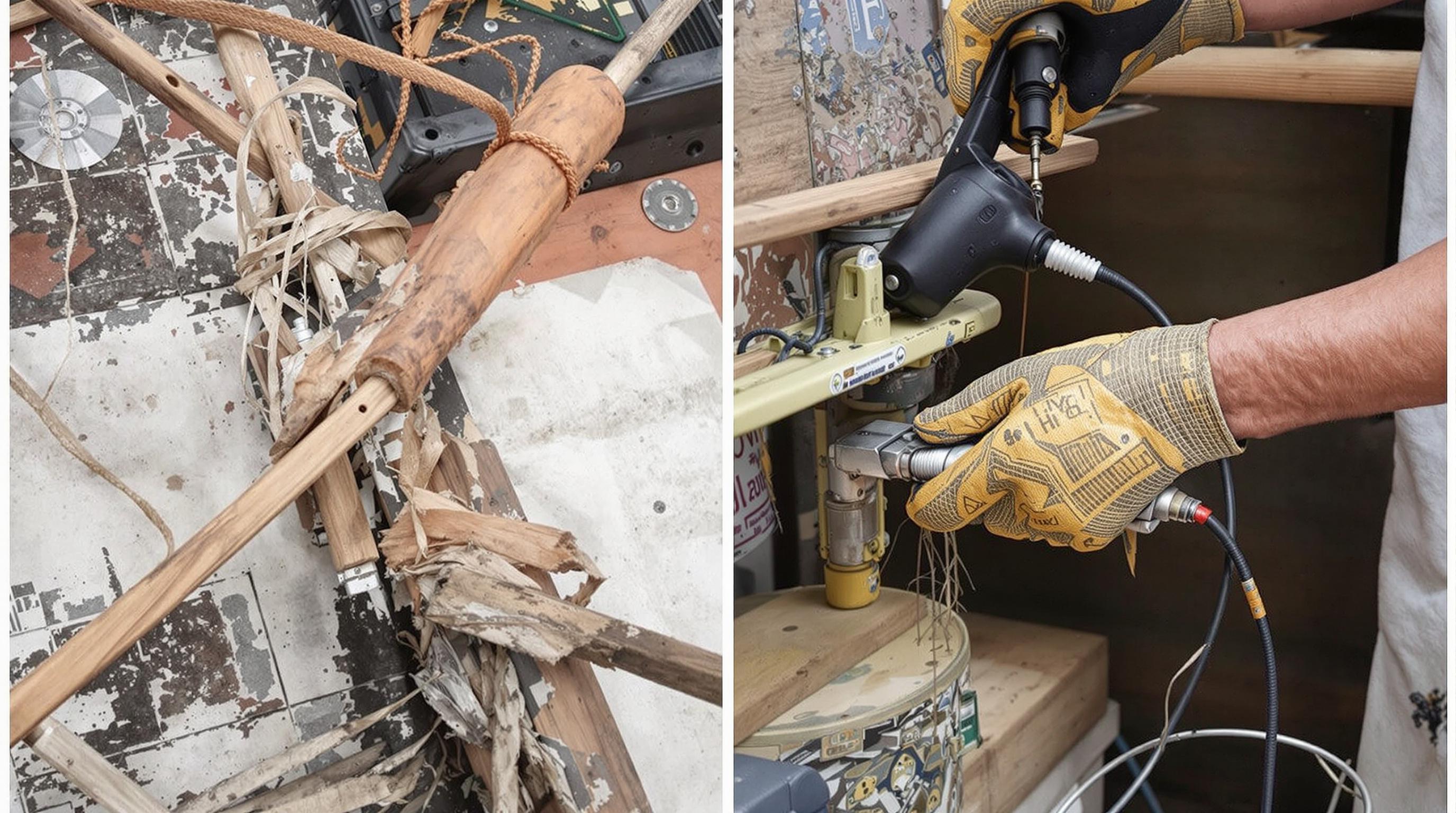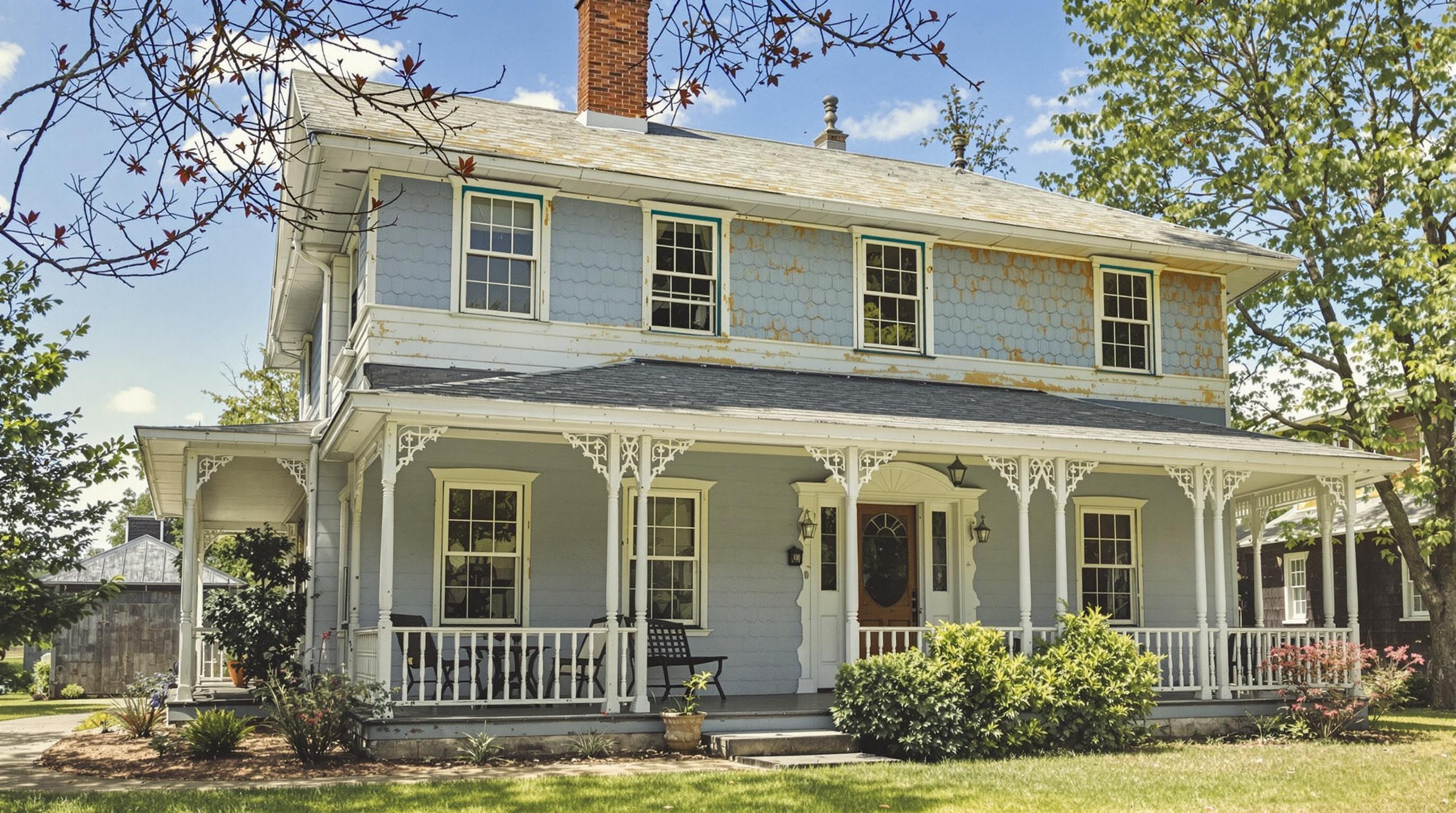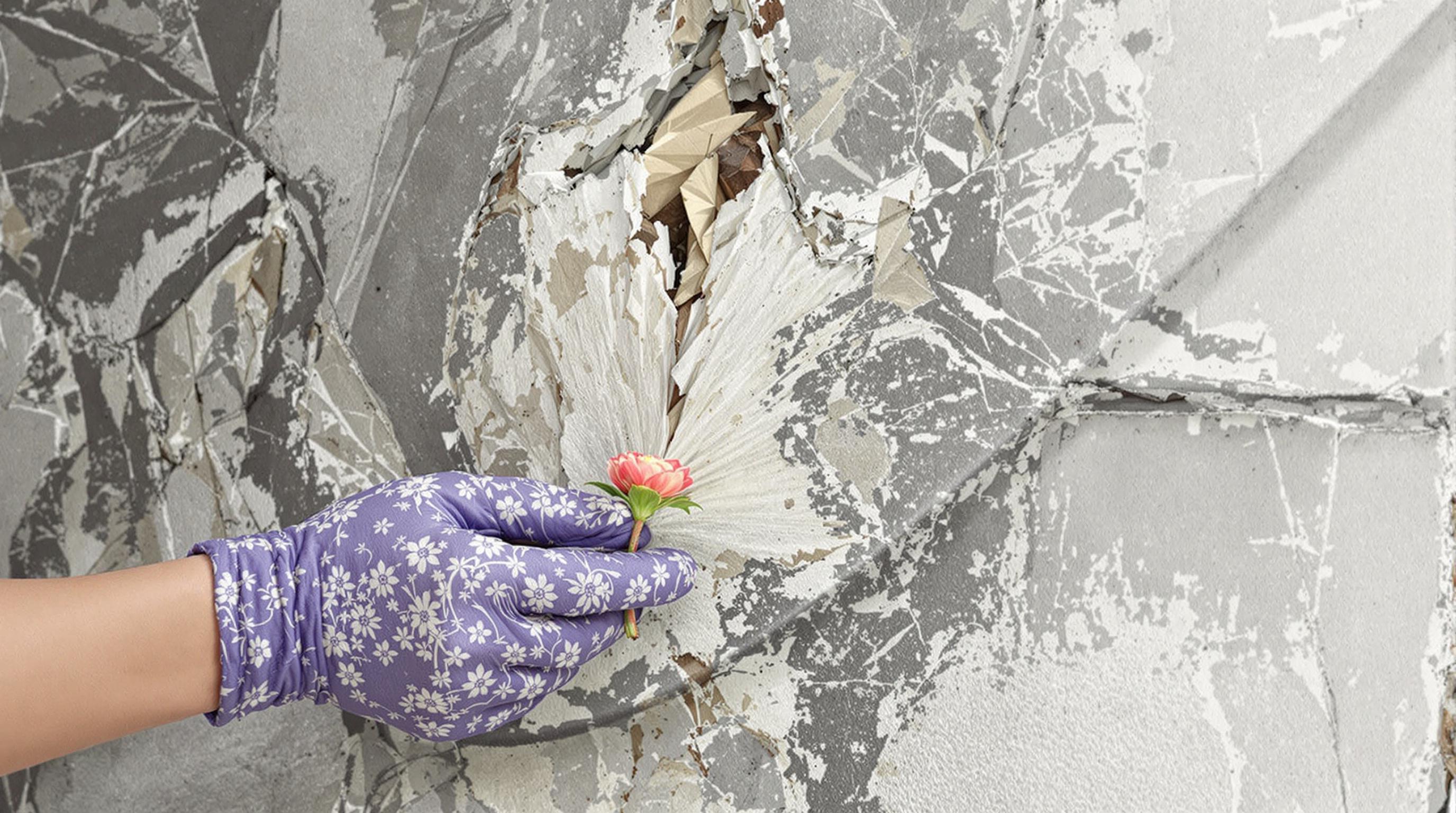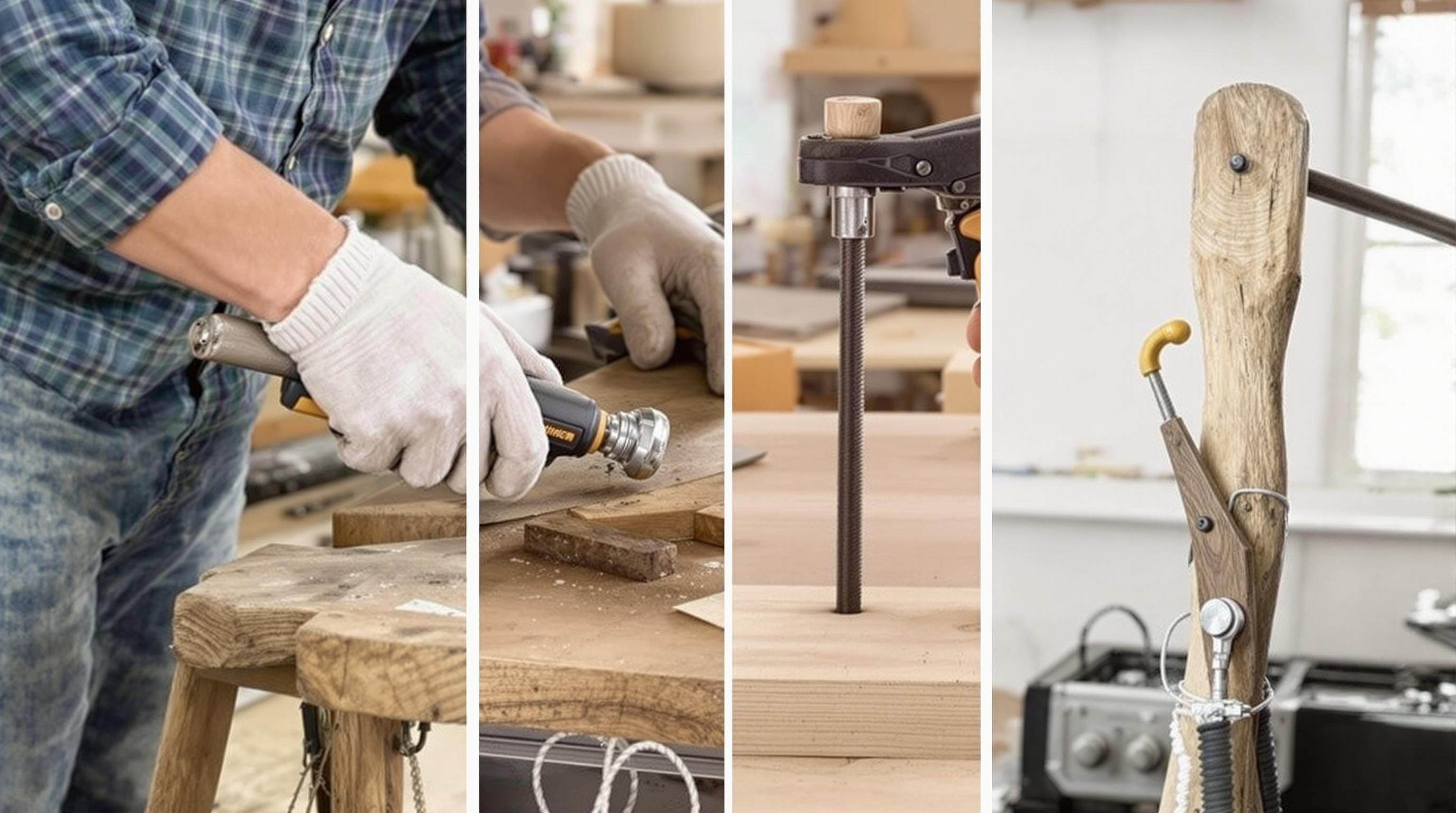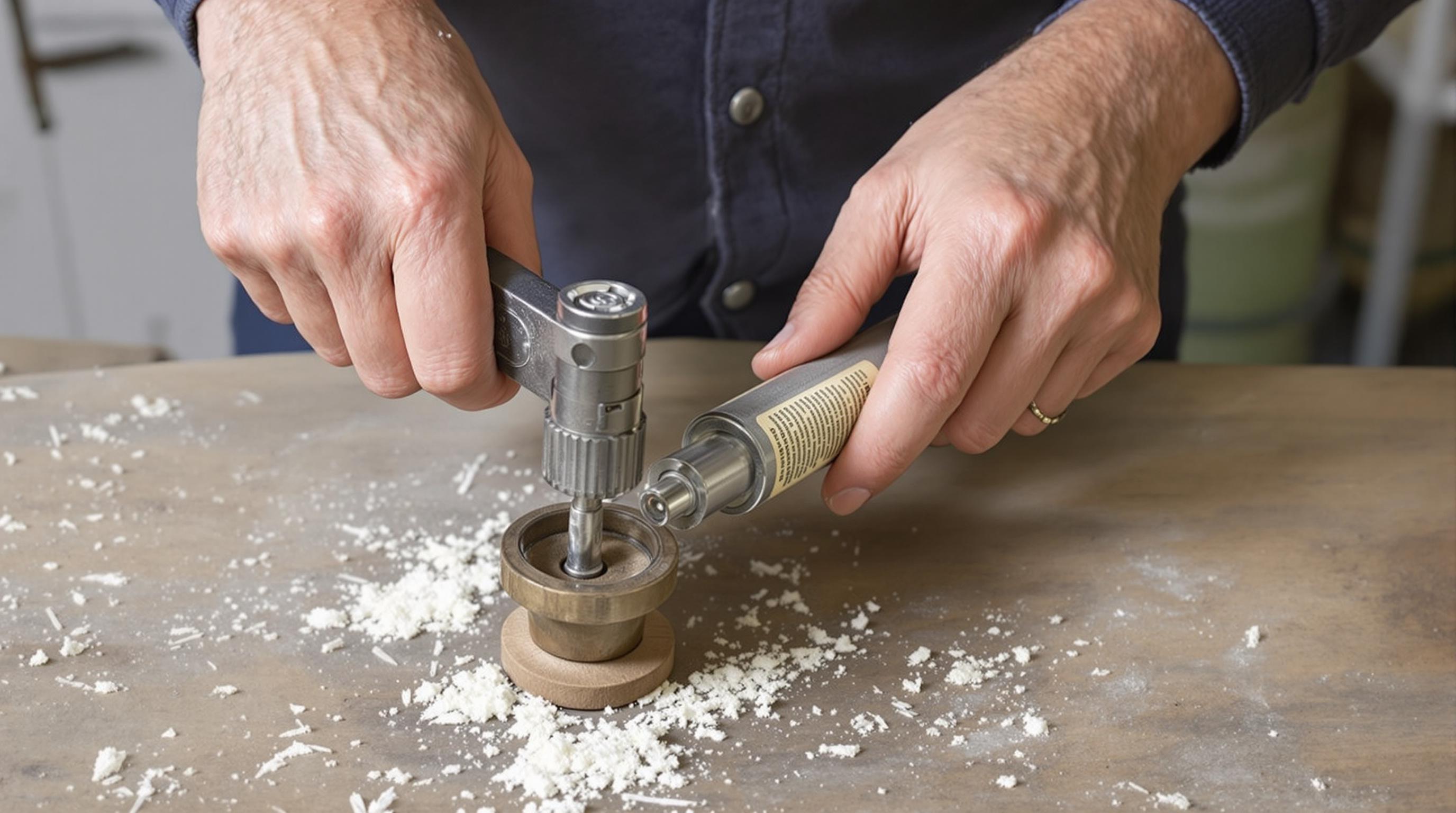Related Articles
- The Hidden Influence of Ergonomics: How Tool Design Shapes Our Physical Spaces and Daily Lives
- The Silent Influence: How Hidden Home Implements Shape Our Daily Routines and Spaces
- The Counterintuitive Role of Chaos: How Messy Tool Storage Can Lead to Unexpected Home Innovations
- Exploring the Unseen: How Audio Experiences Shape the Art of Domestic Spaces and Color Perception
- Rethinking the Mundane: How Everyday Objects are Becoming the Canvas for Modern Artistic Expression in Home Spaces
- Cultivating Chaos: The Surprising Benefits of Embracing Weeds in Your Garden Ecosystem
8 Unique Home Repair Techniques from Around the World That Will Enhance Your DIY Skill Set and Cultural Understanding!
8 Unique Home Repair Techniques from Around the World That Will Enhance Your DIY Skill Set and Cultural Understanding!
8 Unique Home Repair Techniques from Around the World That Will Enhance Your DIY Skill Set and Cultural Understanding
1. Japanese Shou Sugi Ban (Carbonization)
The art of Shou Sugi Ban is a traditional Japanese technique that involves charring wood to preserve it. This method not only enhances the wood's durability against pests and the elements but also gives it a distinctive, textured appearance. The process typically involves using a blowtorch or open flame to char the surface of the wood.
This technique has gained popularity in contemporary home design, embodying a unique blend of aesthetics and functionality. By incorporating Shou Sugi Ban into your DIY projects, not only can you add character to your home, but you also honor the Japanese craftsmanship that has stood the test of time.
Learning Shou Sugi Ban allows you to expand your wood-working skills while appreciating the philosophy of sustainability inherent in Japanese culture. As you explore this technique, remember the importance of safety and practice responsible sourcing of materials.
2. Indian Earthen Plaster (Mud Wall Finishing)
In India, earthen plastering is a common technique for both aesthetics and insulation. This method uses a mixture of clay, sand, and straw to create a breathable plaster that regulates indoor temperatures, making it ideal for hot climates. Not only is it eco-friendly, but it also integrates perfectly with vernacular architecture.
By adopting this technique, you can learn different finishing methods to add texture and warmth to your home. Applying earthen plaster is a hands-on way to connect with nature while honing your manual skills as you mix and apply the materials.
Moreover, working with local materials reduces environmental impact and brings you closer to understanding Indian architectural heritage. As you experiment with earthen plaster, consider the impact of building methods on home health and energy efficiency.
3. Moroccan Tadelakt (Polished Lime Plaster)
Tadelakt is a traditional Moroccan plastering technique that results in a water-resistant, smooth finish. Made from lime, this method involves a labor-intensive process of applying layers of plaster and polishing it with a stone. The end result is stunningly beautiful and functional, making it a favorite for bathrooms and kitchens.
Learning to master Tadelakt gives you insight into the intricate details of Moroccan craftsmanship while also enhancing your DIY repertoire. The glossy finish and colorful pigments associated with this technique allow for endless creative expression.
As you explore Tadelakt, remember that patience is key. This technique requires time and practice to perfect, but the transformation of your space will reward your efforts. Embracing this art form connects you with a long history of Moroccan artisanship.
4. Scandinavian Lagom (Balancing Aesthetics and Functionality)
The Swedish philosophy of Lagom embodies a principle of moderation—the idea that everything should be just the right amount. In home repair, this could manifest in the use of functional materials that blend seamlessly with beautiful design. Scandinavian DIY projects often prioritize simplicity and sustainability, focusing on using natural materials.
Exploring this technique encourages you to assess how you can balance aesthetic appeal and practicality in your repairs and renovations. This simplicity can lead to a clearer, more organized home environment that reduces stress and enhances well-being.
Incorporating Lagom into your DIY toolkit helps nurture a mindful approach to home repair, emphasizing that less can truly be more. By focusing on quality over quantity, you develop an understanding of the cultural values that shape Scandinavian living.
5. Mexican Talavera Tiles (Hand-Painted Ceramics)
Talavera tiles from Mexico are known for their vibrant colors and intricate designs. Typically used for flooring and wall decor, these hand-painted tiles can easily be incorporated into your home repair projects, providing a unique touch to kitchens, bathrooms, or outdoor spaces.
This technique not only adds beauty to your home but also artistically celebrates the rich history of Mexican craftsmanship. By using Talavera tiles, you can engage in a creative process that values hand-crafted integrity and cultural storytelling.
To embrace this method in your DIY projects, consider creating a feature wall or a mosaic-style tabletop. As you lay down each tile, you tap into a lineage of artisans, reviving a tradition that has been cherished for generations.
6. Filipino Bahay Kubo (Bamboo Construction)
Bahay Kubo is a traditional Filipino house built primarily from bamboo, a sustainable resource that's abundant in tropical climates. The techniques involved in constructing these homes focus on using natural materials and promoting ventilation, often integrating the surrounding environment into the living space.
By experimenting with bamboo in your own repairs or furniture projects, you can highlight sustainability and natural aesthetics. Bamboo is not only lightweight and sturdy but also can be worked with various techniques, from bending and weaving to creating intricate joinery.
Embracing Bahay Kubo principles in your DIY skills encourages you to think about energy efficiency and sustainability in your home. It fosters a connection with nature, inviting the outside in, and allowing for harmonized living with the environment.
7. Italian Scagliola (Decorative Plaster Mimicking Marble)
Scagliola is an age-old Italian technique that involves creating a faux marble effect by mixing various materials like plaster, pigments, and stone powders. Known for its striking resemblance to actual marble, Scagliola can be used for surfaces where you'd like to infuse elegance without the associated costs of real marble.
By learning Scagliola, you acquire a unique technique that allows you to enhance your decor with luxury finishes. This artistic approach combines practicality with beauty, demonstrating that art can be functional.
Utilizing Scagliola in your DIY projects can elevate your interior spaces and allow for greater creativity with patterns and colors. Engage with this timeless tradition, and you can create stunning focal points that are sure to impress guests.
8. Finnish Log Building (Sustainable Wood Construction)
The Finnish approach to log building, known as "mökki," emphasizes the use of sustainable timber to create efficient, eco-friendly cabins. This method often involves stacking logs in a manner that promotes natural insulation, making it perfect for colder climates.
By learning to build like the Finns, you develop skills in working with raw materials while respecting nature's resources. This technique invites you to understand the importance of eco-friendly practices in modern construction and home repair.
As you embrace the principles of Finnish log building in your DIY efforts, you not only expand your abilities but also adopt a lifestyle that values harmony with nature. This enduring tradition speaks to the core values of sustainability and craftsmanship.
